Conservation areas
Please note that this text is an extract from a reference work written in 1990. As a result, some of the content may not reflect recent research, changes and events.
a) CONSERVATION AREAS: Areas of ‘special architectural or historical interest, the character or quality of which it is desirable to preserve or enhance’ may be designated ‘conservation areas’ under the 1967 Civic Amenities Act and the 1971 Town and Country Planning Act. The borough council as planning authority may exercise special controls within such areas and can require owners to repair properties. The council may also apply ‘Article 4 Directions’ to certain designated roads to ensure that houses are uniformly painted and that inappropriate alterations are brought under control. All trees within a conservation area are protected.
Brighton has eight conservation areas which are recognised by the Department of the Environment as ‘outstanding’. They are: Old Town (designated 1973), the former fishing town; the Regency areas of Clifton Hill (1973, extended 1977), East Cliff (1973, extended 1989), Kemp Town (1970), Regency Square (1973), and Valley Gardens (1973, extended 1988 and 1989); and the two villages of Rottingdean (1970) and Stanmer (1970, extended to include park 1988). The nine other conservation areas include the Victorian suburban developments at College (1988); North Laine (1977, extended 1989); Preston Park (1988, area originally designated 1977 as extension to Preston); Queen’s Park (1977); Round Hill (1977); West Hill (1977, extended 1988 to include Brighton Station); and the suburban villages of Ovingdean (1970); Patcham (1970); and Preston Village (1988, originally 1970 as Preston, extended 1977). Several areas were also extended in 1977 to include the beaches.
The advantages of a conservation area are typified by the North Laine, an area of dense Victorian terraced housing which has greatly increased in prosperity since the removal of planning blight and its designation.
Any numerical cross-references in the text above refer to resources in the Sources and Bibliography section of the Encyclopaedia of Brighton by Tim Carder.
The following resource(s) is quoted as a general source for the information above: {44,70a,277,306}
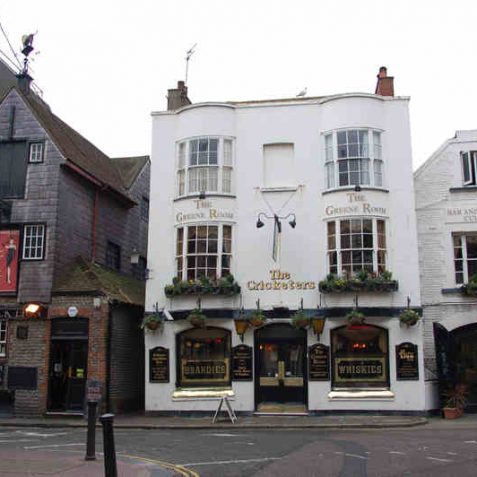


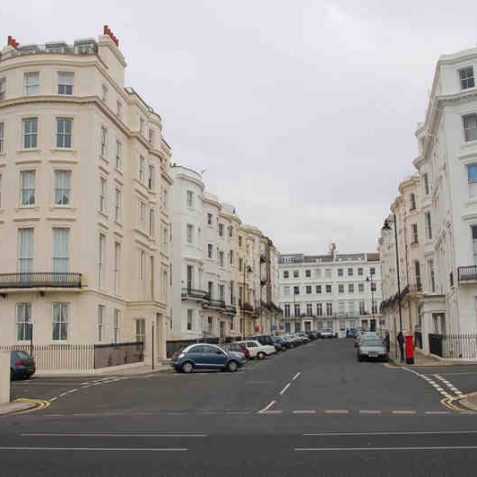
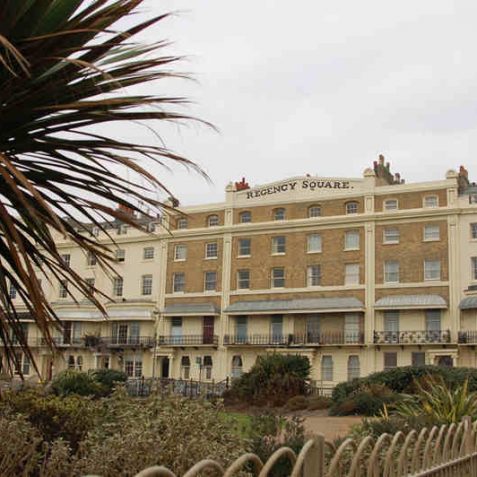

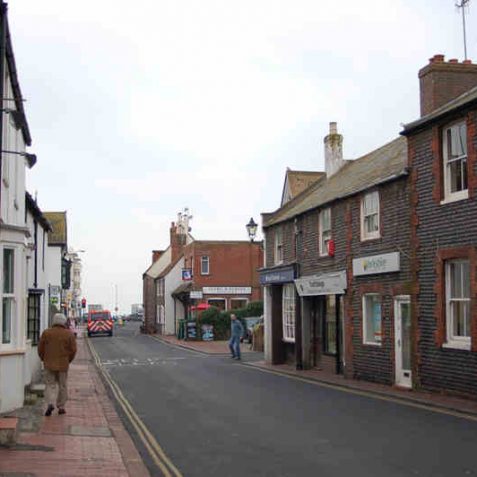
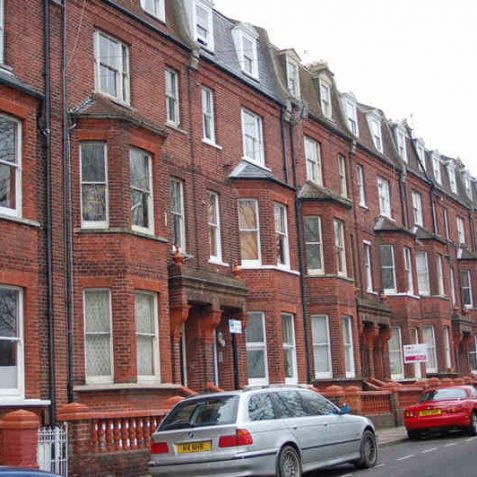
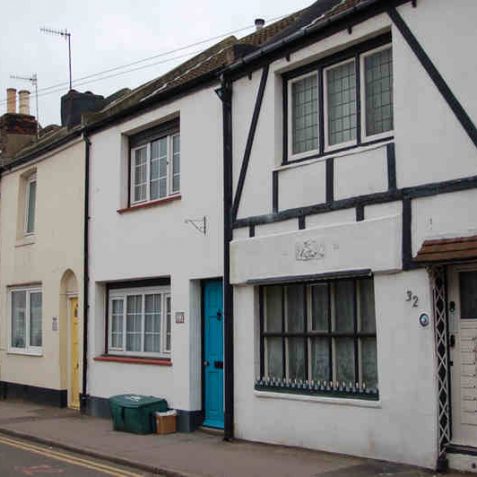
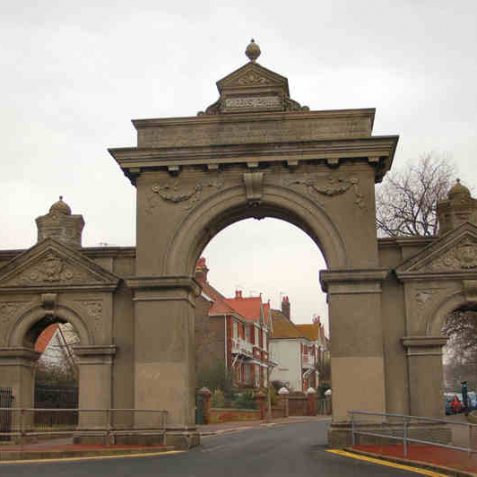

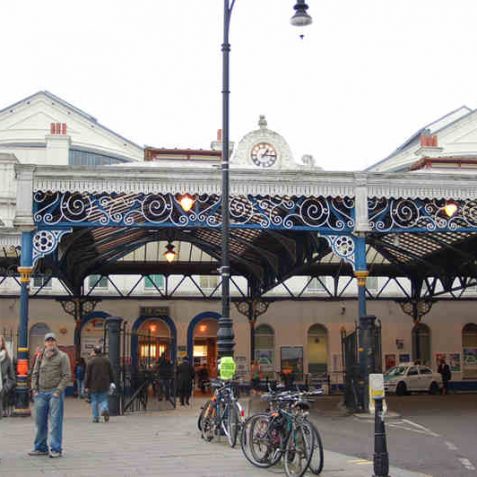




No Comments
Add a comment about this page